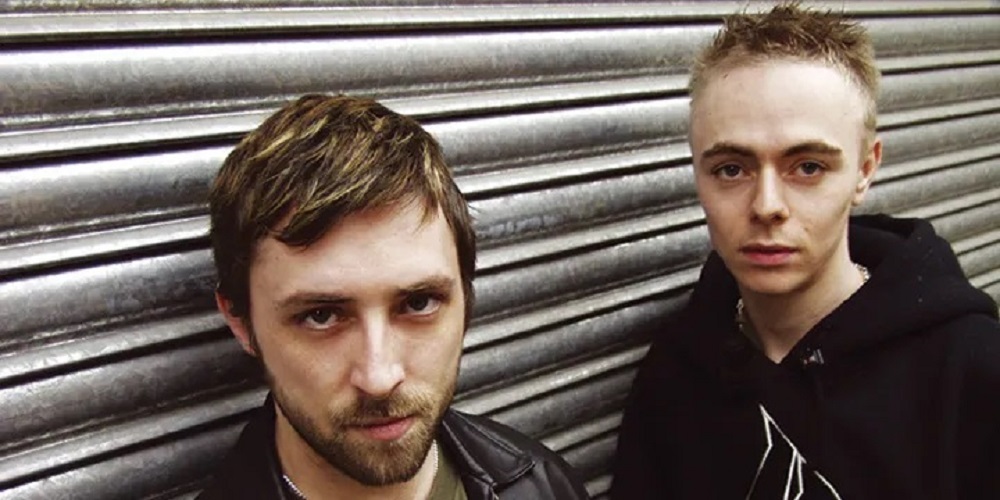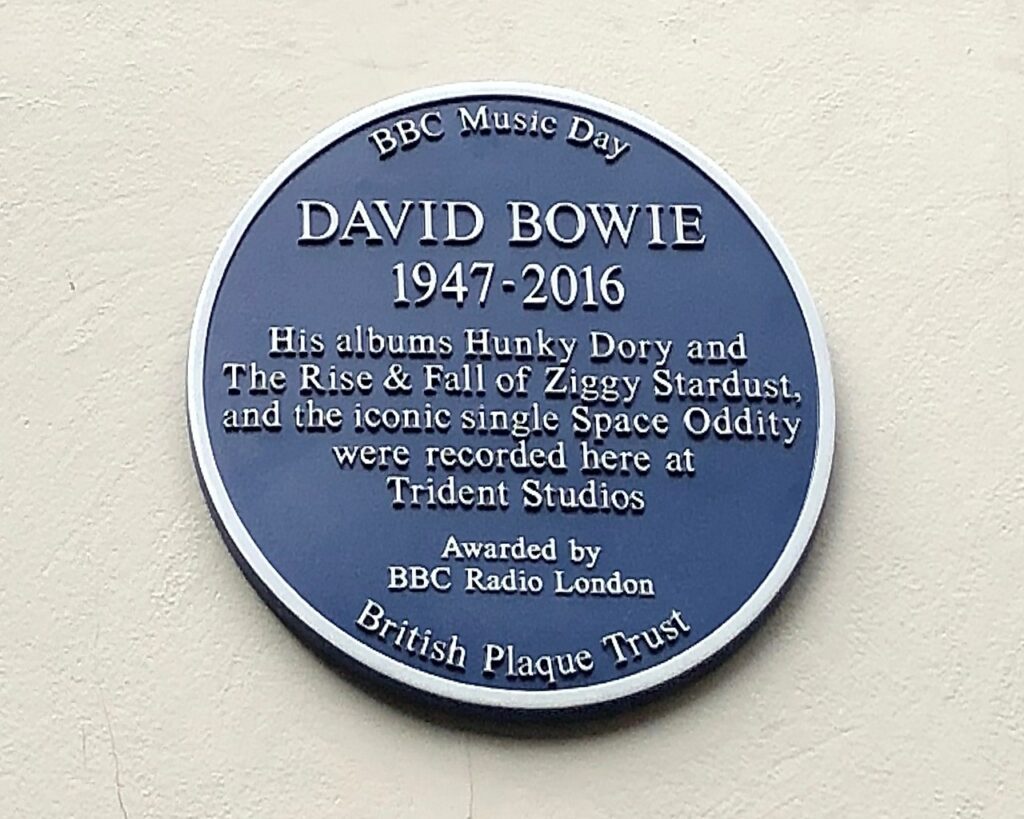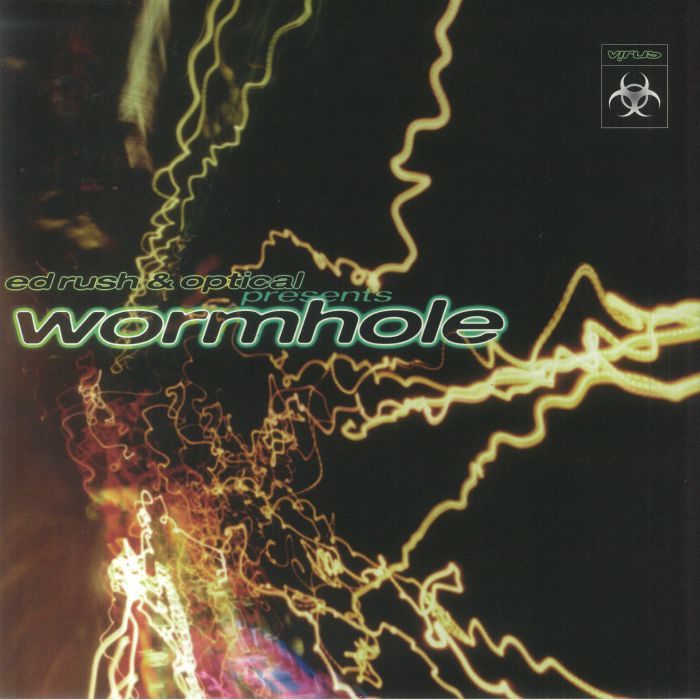I Was There – heading down the Wormhole with Ed Rush & Optical
Curious memories of St Anne’s Court

London, the summer of 1998. As Billy Idol would put it, it’s hot in the city. Not just a hot day, but one of those baked in summers where the bricks of the city seem to suck in the heat and refuse to expel it for weeks, the whole metropolis melting into a sweltering, sweaty hot mess.
In Soho, a warren-like maze of piss alleys and dead ends at the best of times, the evening is beginning to take hold. The post-work drinkers, whose intoxication is reaching a threatening intensity, are being joined by other, more exotic creatures: drag queens, drug dealers, pimps and prostitutes – and that’s just the tip of the iceberg.
We’re headed for St Anne’s Court, a narrow alleyway that runs between Wardour Street and Dean Street, that has been at the heart of this edgy hedonistic heaven since the seventeenth century. Writing in 1889, social reformer Charles Booth described St Anne’s Court as ‘rough’ with ‘the buildings holding many casuals’.
Between 1968 and 1981 it was home to Trident Studios, which boasted eight track recording (which even Abbey Road couldn’t offer at the time). The Beatles recorded ‘Hey Jude’ and tracks for the White Album here, then Bolan and Bowie took up residence, the latter recording Hunky Dory, Ziggy Stardust and Aladdin Sane here and producing Lou Reed’s Transformer, with its monumental hits ‘Perfect Day’ and ‘Walk On The Wild Side’.

But in 1998, St Anne’s Court was reverberating to a different beat. Ed Rush & Optical had moved into the first floor studio at the invitation of Rob Playford, Goldie’s musical partner, and his Moving Shadow label.
Both Ed Rush and Optical had been faces on the d&b scene in their own right. Ed Rush, alongside Nico, Trace and Fierce, had been releasing tunes since 1992 but really come to prominence as part of the No U Turn Records crew with a succession of tracks like ‘Guncheck’, ‘Killamanjaro’, ‘Mothership’ and ‘Skylab’ for Metalheadz, which forged a new, harder and more techno-edged sound known as techstep.
Optical, meanwhile, was a veteran of the huge 1992 Castlemorton rave, the biggest illegal party ever in Britain – although not a member of the attention-grabbing crew at the core of the publicity surrounding it, Spiral Tribe. This writer first met him when, in the middle of an interview with Kemistry & Storm at Kiss FM’s studios in Holloway Road, he popped in to deliver DAT tapes with fresh tracks for their show. Not far away, just off the same road, he was a familiar face at dubplate cutting studio Music House, the epicentre of the scene, both running errands for other DJs and cutting plates of his own productions.
That’s where the pair first met. Certainly to the outsider, it appeared like an alliance of very different personalities. Optical – real name Matt Quinn – was the production wizard, a calmer, more quietly spoken, more thoughtful presence. Ed Rush – Ben Settle – was the DJ brains, the energy and the edge. Before turning pro, he drove a van for Oddbins and said the aggression and unhinged atmosphere of the No U Turn classics was at least partly down to venting after a week stuck in London traffic. Sometime in the mid-90s he spent several months playing with metal pins sticking out of one arm, supposedly having punched a wall in frustration. It must have hurt, but it looked great.
Our visit to St Anne’s Court came as they put the final touches to Wormhole. After an initial appearance together on Grooverider’s Prototype label, ‘Alien Girl’, they’d quickly formed their own Virus label and set about recording their debut album, both on top of their game in a genre that was at its very peak. With the label management handled by Elise Theuma – formerly of the Prodigy’s team – and former Primal Scream PR Laurence Verfaillie masterminding publicity, two of the most unsung but absolutely pivotal characters in d&b, the whole operation was ultra-professional and business minded, a far cry from rave’s roots selling white labels out of back of vans.
Looking back, it feels as if they knew they had something special in the bag. That said, the Wormhole sampler 12″ was already in circulation and making big waves. They were certainly relaxed and quietly confident about the album, something in itself that was a fairly rare occurrence for d&b which was mostly 12” single based, apart from the odd major label project like Goldie’s Timeless and Reprazent’s New Forms which had won the Mercury Music Prize the year before.
Both these, however, were slanted a little towards to a more mainstream audience. Wormhole was the real deal – driving dancefloor instrumentals packed with power and momentum, but also a funkiness that would earn it its own sub-genre, neurofunk. Unexpurgated music from the forefront of club culture. One thing I definitely remember was a CD copy of Headhunters by Herbie Hancock, kept close at hand for repeated sonic reference. Quinn would later, via a YouTube comment, confirm that the drums for Wormhole consisted of both live drummers he knew and samples from old funk records, and never sped up.
The main overriding memory of them, however, is the rich tales of Soho debauchery and skulduggery they related having observed them at first hand from their first floor window, inevitably open during that long hot summer. They said they were convinced the atmosphere of shady, nefarious illegality – the arguments and rip offs, fights and clinches, all manner of the kind of shady behaviour that happens in a secluded Soho alleyway in the heat when those involved think no-one is looking.

The most bizarre sight of all, they said, had been witnessing two chefs from a nearby restaurant strip down to their boxer shorts – they’d assumed their chef’s clothes were too valuable to risk destruction – and then batter each other as a disagreement turned to fisticuffs. The pair both laughed uproariously telling the tale, and indeed laughed a lot of the other time too, and that humour and chemistry is also at the heart of Wormhole offering – playful, boisterous and just a bit edgy.
Listening back to the album now, just released in full ‘one track per side’ glory for Record Store Day 2023, it’s impossible to think of it being 25 years old. It was light years ahead of the competition then, even further now. Give it another quarter of a century and, you never know, there might be another blue plaque in St Anne’s Court to keep Bowie’s company.
Ben Willmott